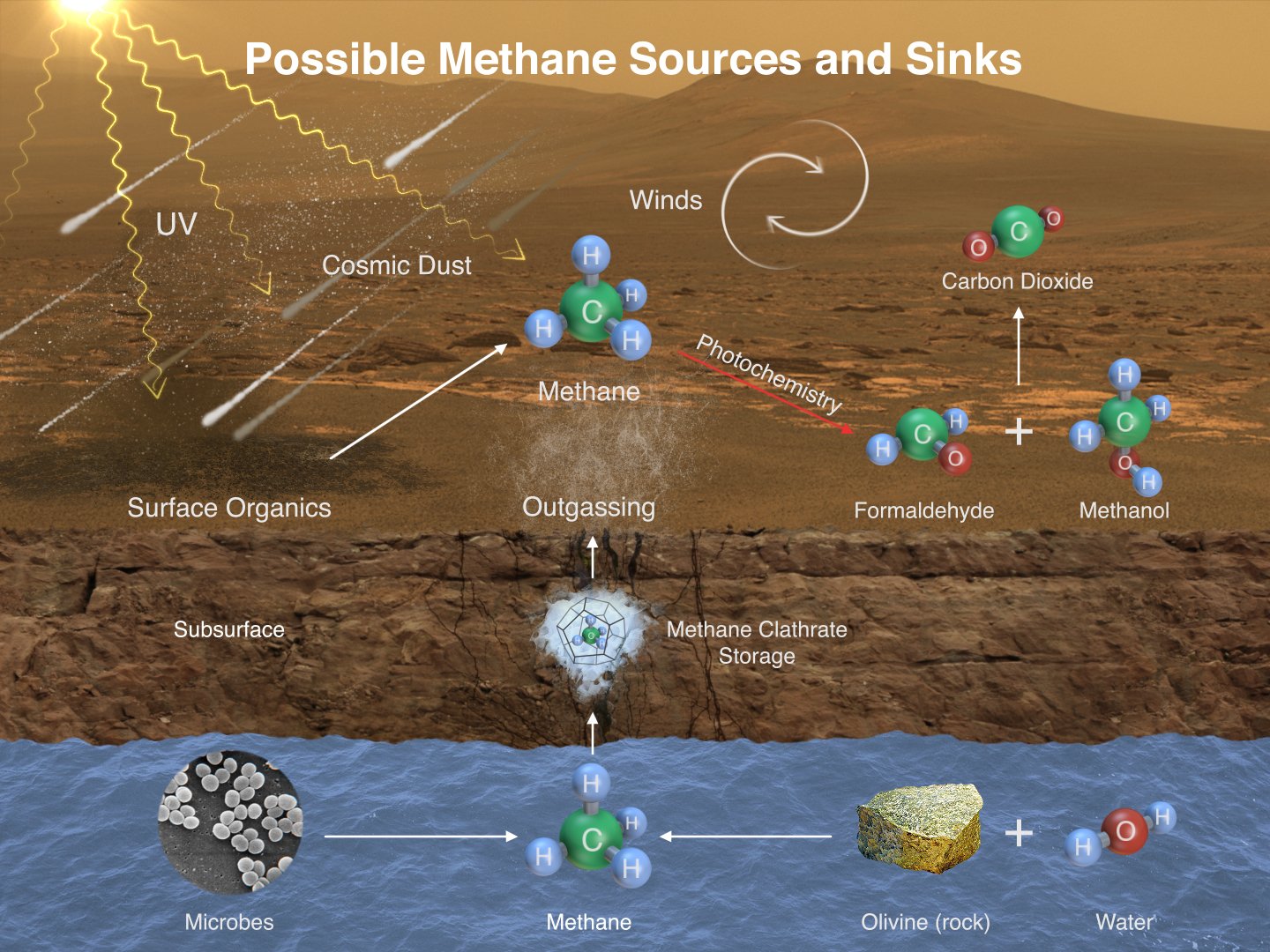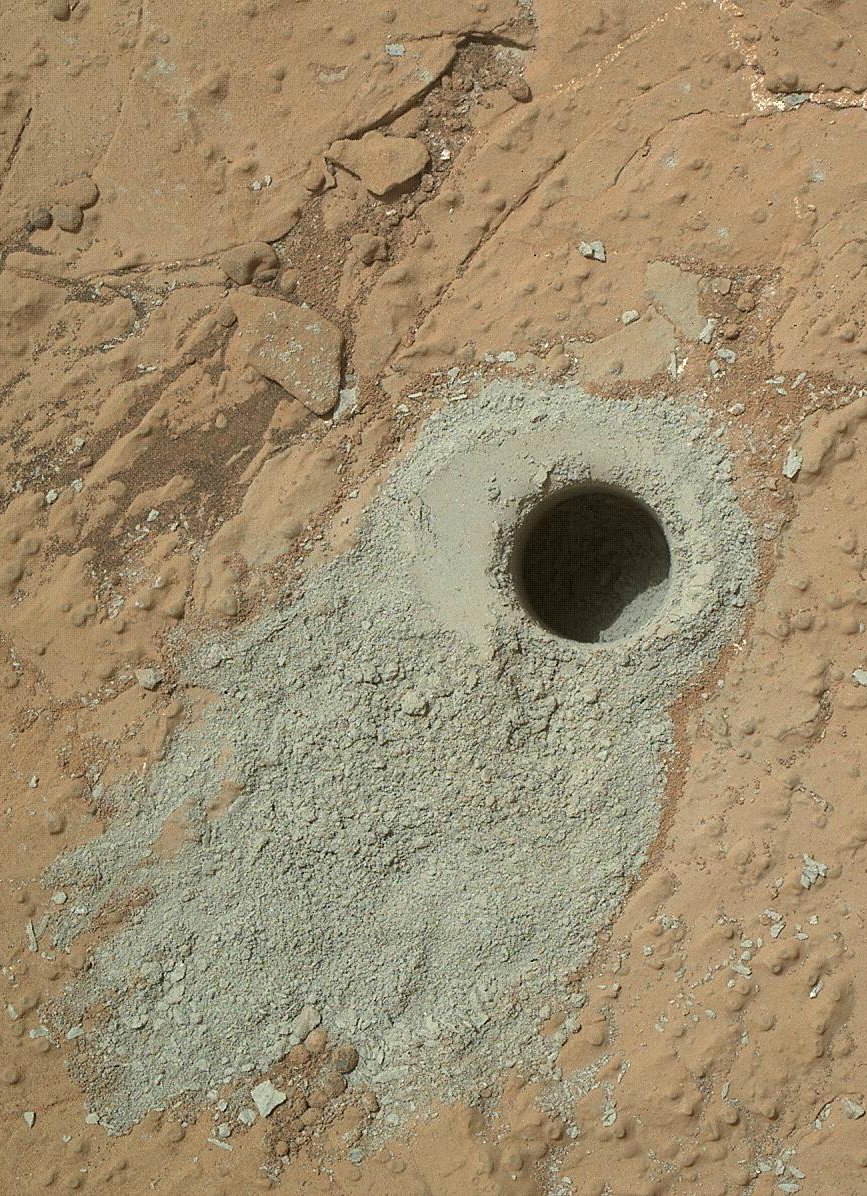The Curiosity vehicle NASA (US space agency) is in Martian soil to explore the surface. Tuesday ‘reported’ on Twitter that detected first organic molecules on Mars.
In a period of 20 months, Curiosity “sniffed” the atmosphere looking for methane, but only four times managed to detect – in late 2013 and early 2014. In these times the concentration was high – Seven parts per billion – but before and after that the concentrations were less than one-tenth of this amount, says the press release from NASA. “This temporary increase of methane – sharply up and then down – tells us that there must be a localized source,” said Sushil Atreya, a researcher at the University of Michigan, Ann Arbor and the science team of Curiosity. “There are many possible biological and non-biological sources, such as water interaction with the rock.”
On Earth, most of the currently produced methane is of biological origin, such as bacteria living in intestines, but scientists have been unable to confirm that this is the case on Mars.

possible methane sources: organic material to the surface , production by microbes or the reaction of rocks with water – NASA / JPL-Caltech / SAM-GSFC / University of Michigan
The rock dust analysis by appliances inside the Curiosity also detected first organic molecules on the surface of Mars – molecules that contain carbon and hydrogen may contain, and which are the basis of life as we know it. It now remains to find out the origin. – Is formed even on the surface of the planet or were brought by meteorites that hit
“This first confirmation of organic carbon in a rock on Mars is very promising,” said Roger Summons, scientist at the Massachusetts Institute of Technology, Cambridge, USA. “The organic molecules are important because we can tell why chemical pathways formed and preserved. In turn, this provides information about the differences between Earth and Mars and the environment represented by sedimentary rocks of the crater Gale [where Curiosity landed] or are not more favorable to the accumulation of organic materials. “For now, the mission the Curiosity remains the analysis of the various layers of Mount Sharp looking for more organic molecules.

The Curiosity scooped the Martian surface to collect samples for analysis – NASA / JPL-Caltech / MSSS
Scientists took a few months to realize the organic molecules have even been collected on Mars or had traveled with the vehicle Curiosity to Mars contaminating the planet. Now scientists can say so safely. However, it was still not possible to determine that organic compounds are treated.
The Curiosity also “proved” Martian water that was “hidden” inside the rock and realized that this has much more deuterium (an isotope hydrogen) than hydrogen, contrary to what happens in the earth. What scientists have realized is that as the red planet was losing water, it was hydrogen, lighter, escaping first. The results allowed also realize that Mars lost all liquid water before graduating rock which is now the surface.
No comments:
Post a Comment